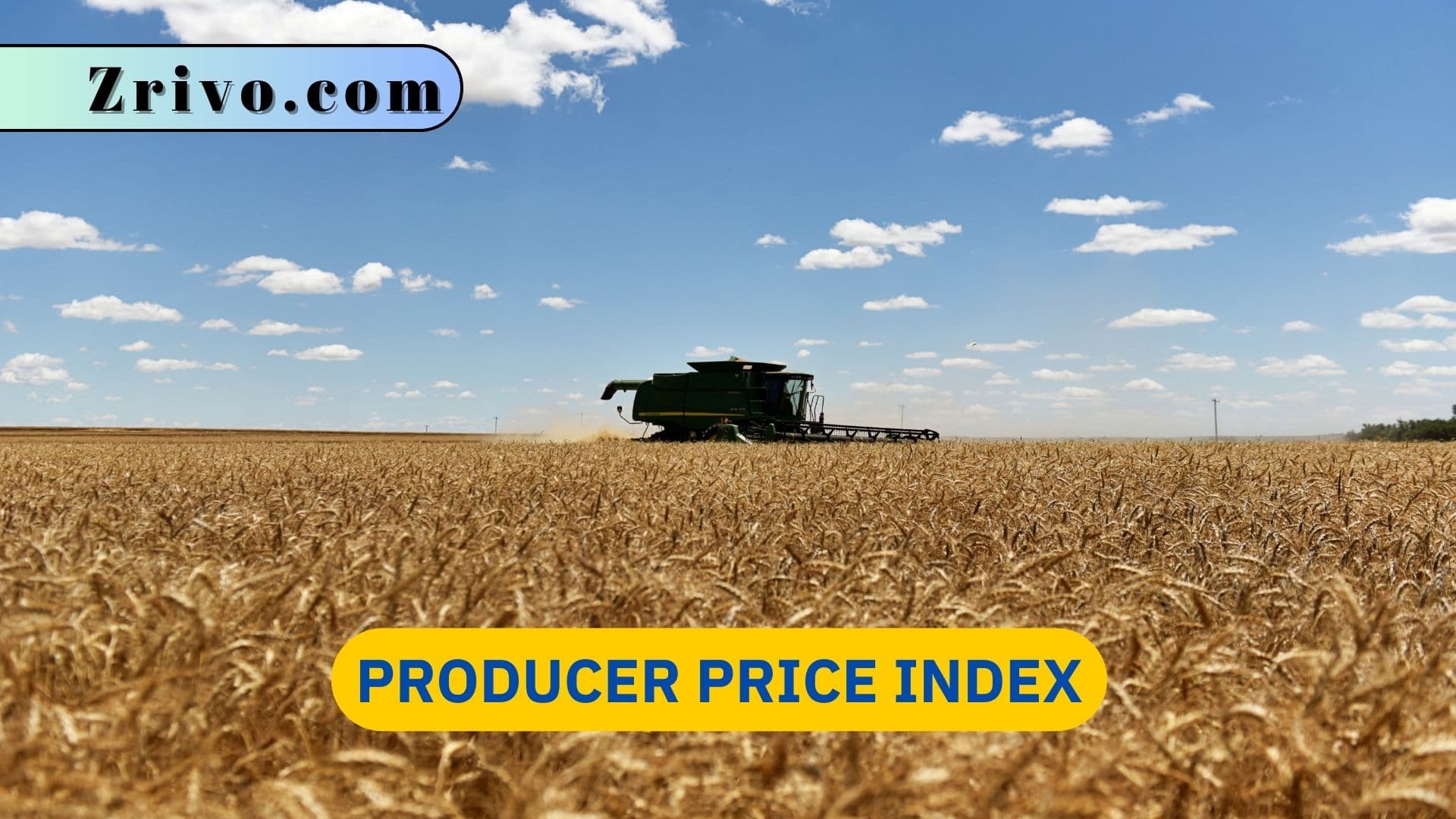
A producer price index is a measure of the average change in prices domestic producers receive for their products. It includes changes in wholesale prices for all goods and services produced in the country, including those sold directly to consumers. The PPI is a good pre-indicator of inflation because it tracks wholesale prices, eventually trickling down to consumer prices. The PPI is a combination of over 500 industry price indexes and a number of special commodity groupings. The data is released monthly by the Bureau of Labor Statistics and is based on a base period of 100.
The PPI is closely watched by traders because it is a leading indicator of inflation. If inflationary pressures build up, the Federal Reserve can raise interest rates to curb consumer spending and business investment. On the other hand, a dip in the PPI may signal that deflation is occurring, which can lead to layoffs and reduced economic activity. It’s important to monitor leading economic indicators ahead of the PPI release, such as industrial confidence and the PMI reports. This will help traders to position themselves correctly ahead of the release. Once the data is published, paying attention to the core reading, which excludes the more volatile energy and food prices, is essential.

How Do You Calculate Pricing Index?
The PPI is calculated by comparing current prices of a basket of goods against their prices in some base year. The BLS collects price data from producers for various goods, services, and raw materials used in the production of other products. This information is compiled and used to create a number of different producer price index variants. These include commodity-based indexes that track price fluctuations solely based on products rather than industries. These include more than 3,800 goods and about 900 services (seasonally adjusted and not seasonally adjusted). The PPI also includes indexes that track the price changes of a good sold to either intermediate or final-demand customers. These include more than 600 FD-ID indexes. These are combined with over 4,000 product line and product category sub-indexes. The index codes are based on the North American Industry Classification System, which allows them to be compared with a wide range of other economic time series.
The index is published monthly on a scheduled release day. It includes a news release explaining key aggregate index movements and supporting tables. It is followed by a more detailed report called the Detailed Report. These publications are both made available online.

What is the Difference Between PPI and CPI?
Producer Price Index (PPI) and Consumer Price Index (CPI) are two of the most important reports released each month by the Bureau of Labor Statistics. They influence economic policy and are closely watched by investors. Both measures track changes in prices that producers pay for raw materials, which are then passed on to consumers as final product costs. However, the two indexes differ in what they include and how they are constructed.
The PPI tracks wholesale prices based on the first commercial transaction for many products and services. It excludes government subsidies and sales or excise taxes, which are expenses rather than revenues. The scope of the PPI differs from that of the CPI, which includes a larger range of goods and services purchased by consumers.
A spike in the PPI can lead to consumer price inflation, as companies might pass along increased production costs to their customers. This is one reason that companies should try to maintain stable pricing policies. However, not every increase in PPI is indicative of high consumer inflation; some increases are due to temporary factors such as supply chain disruptions or labor shortages.